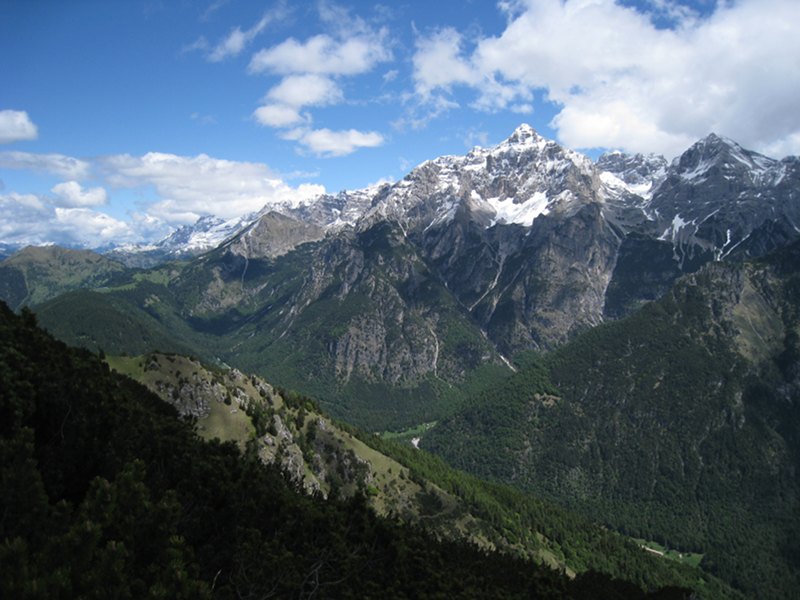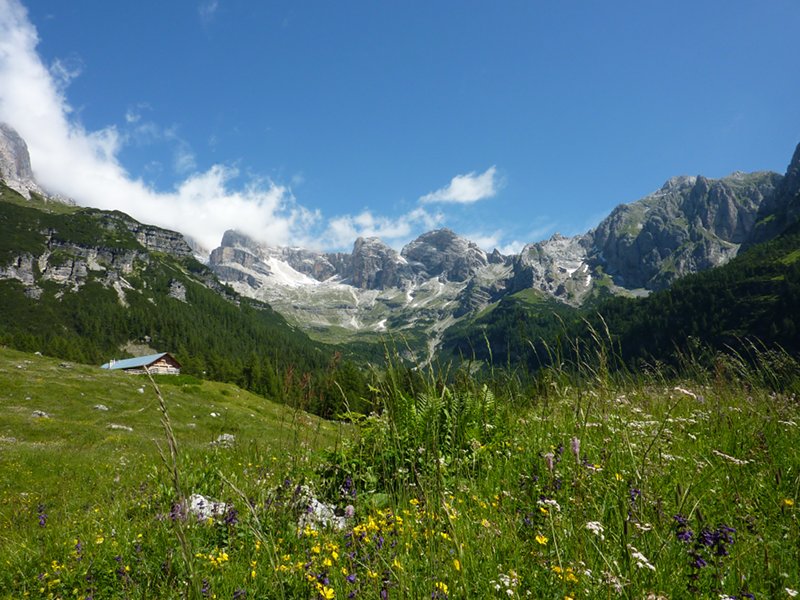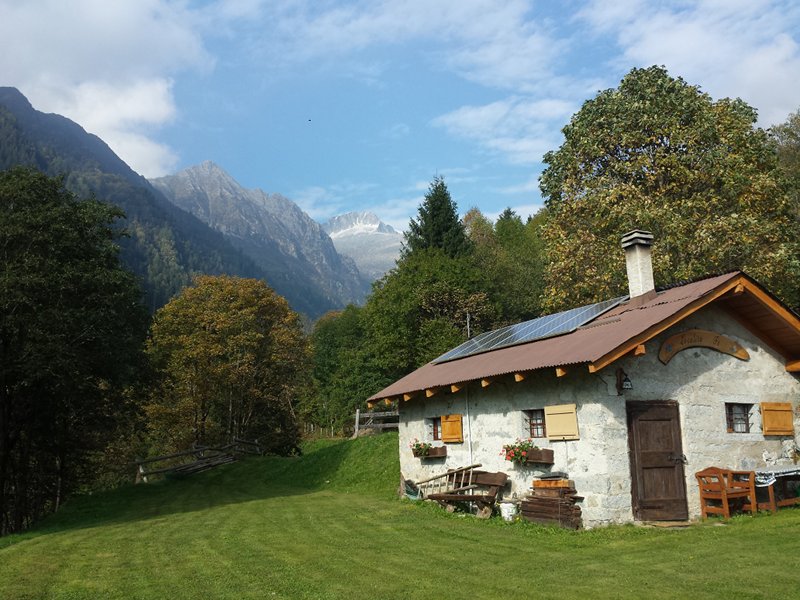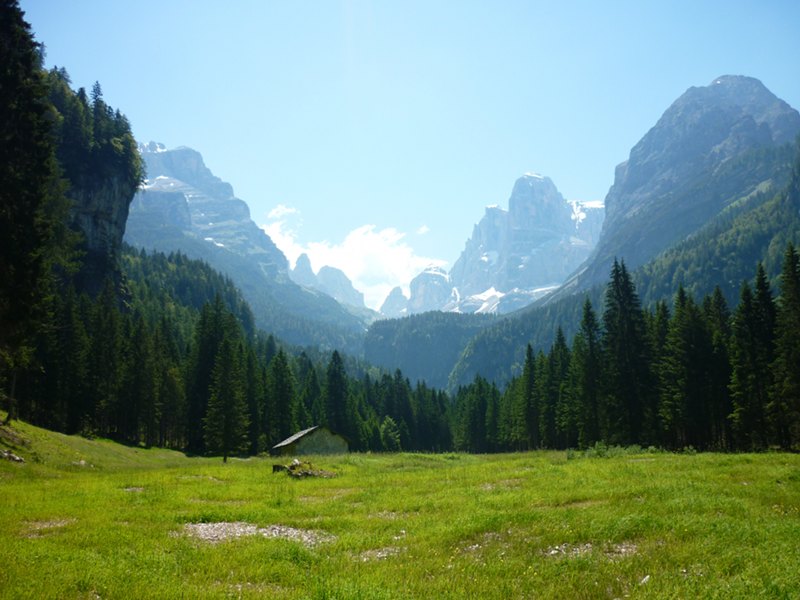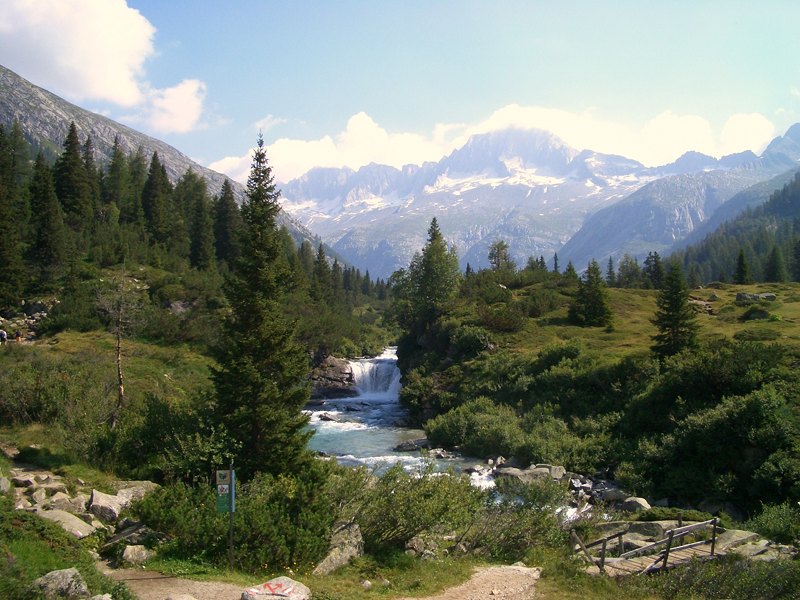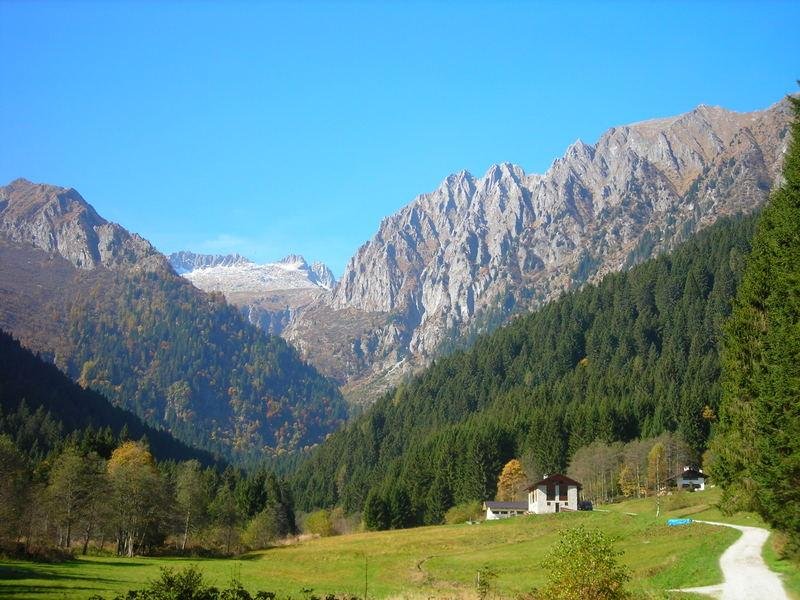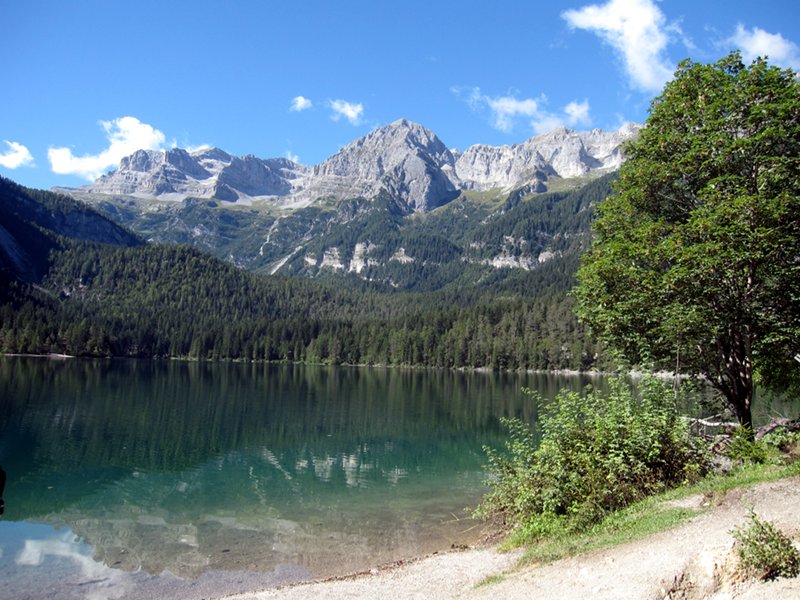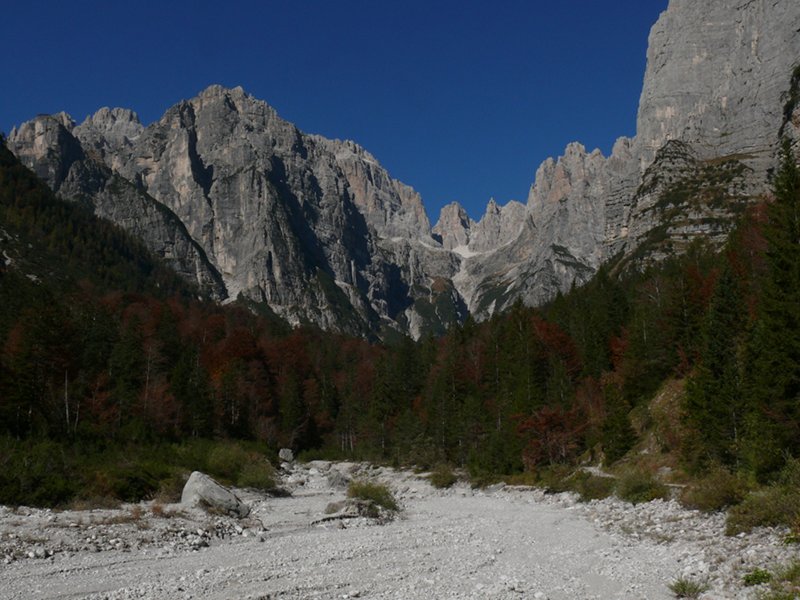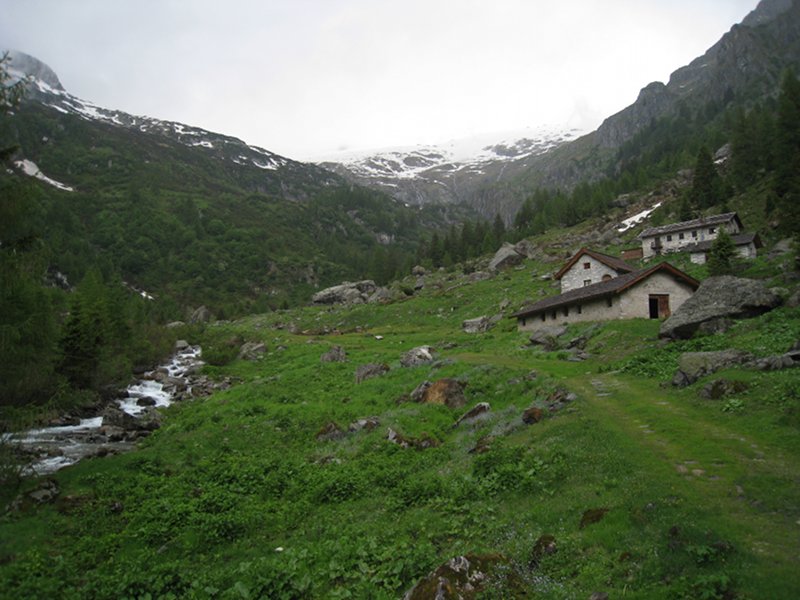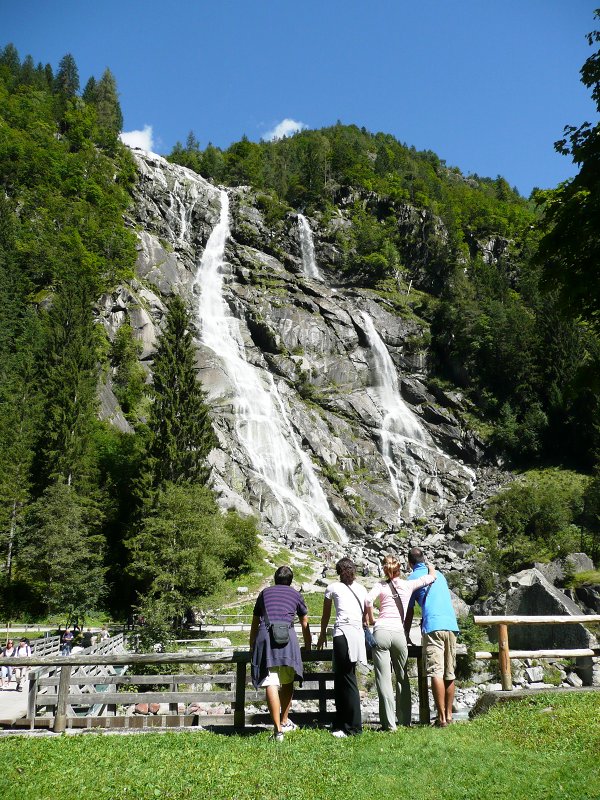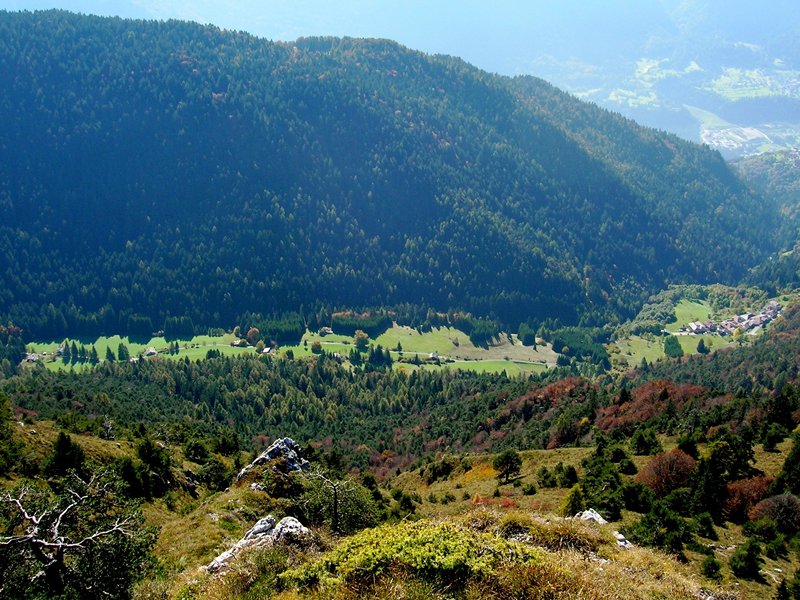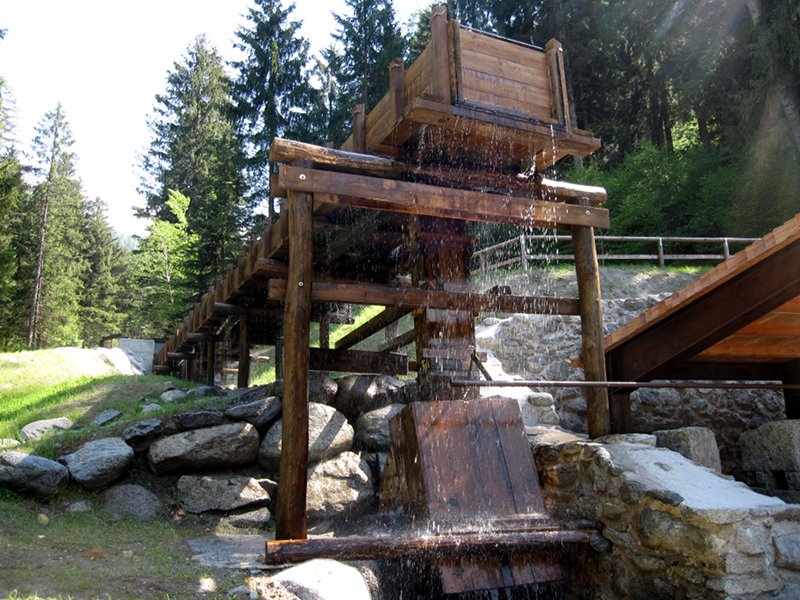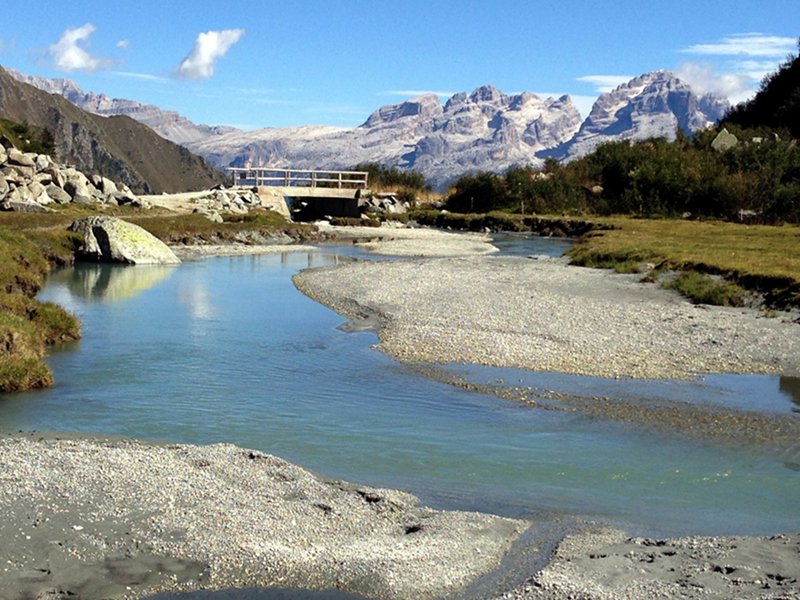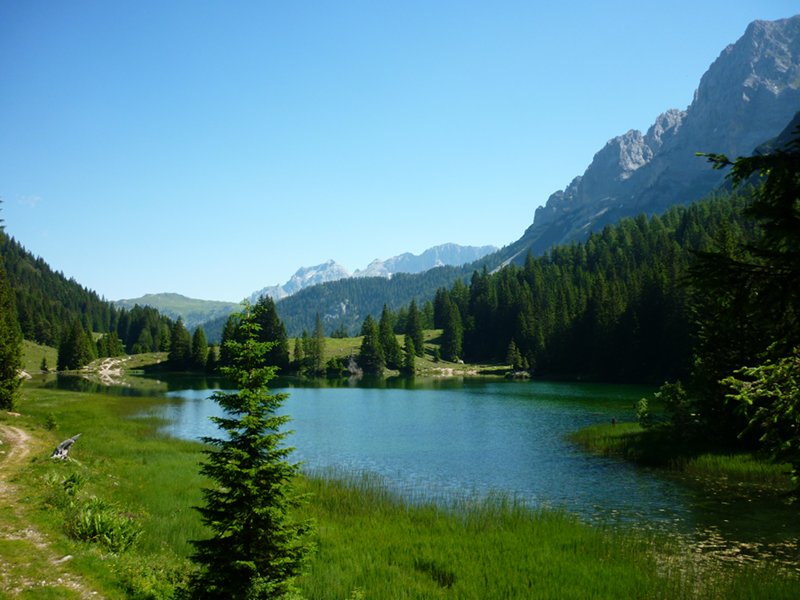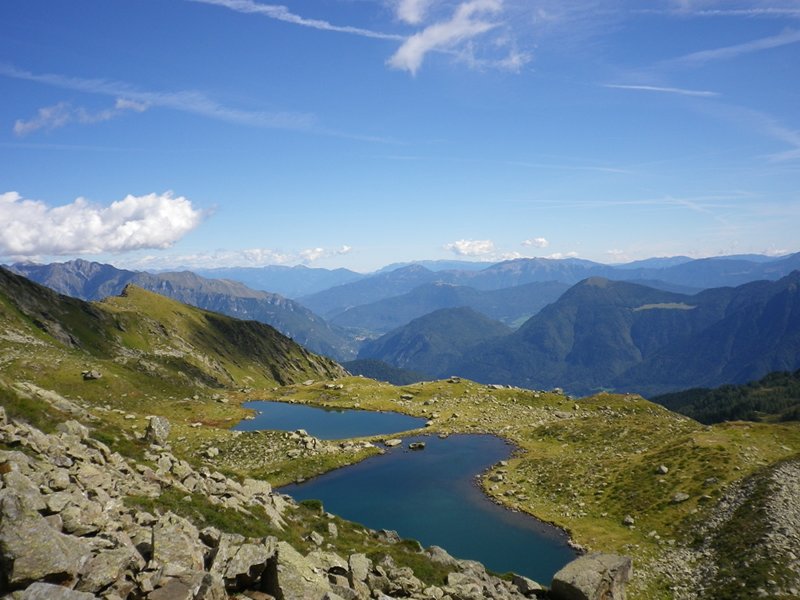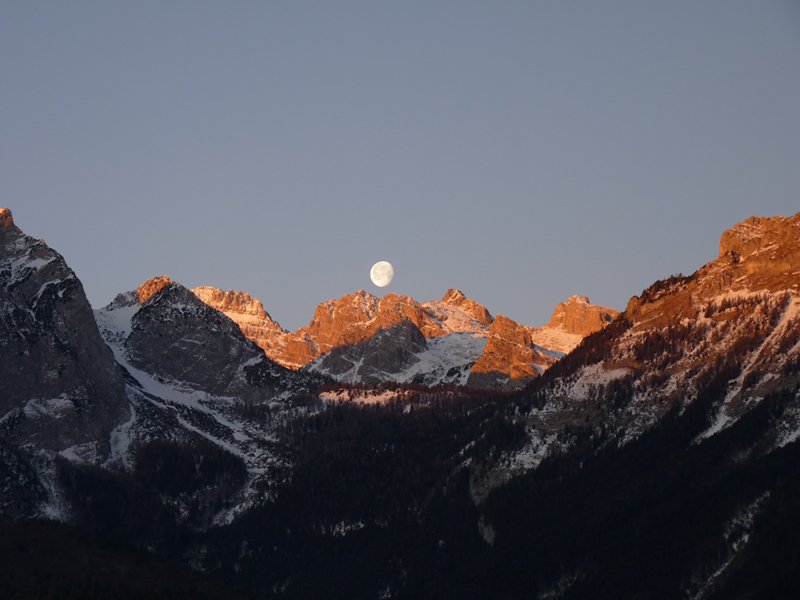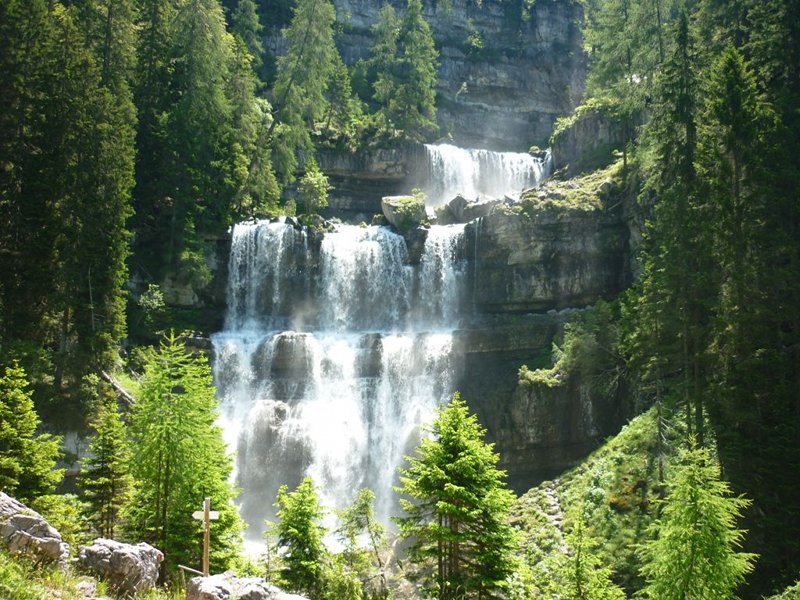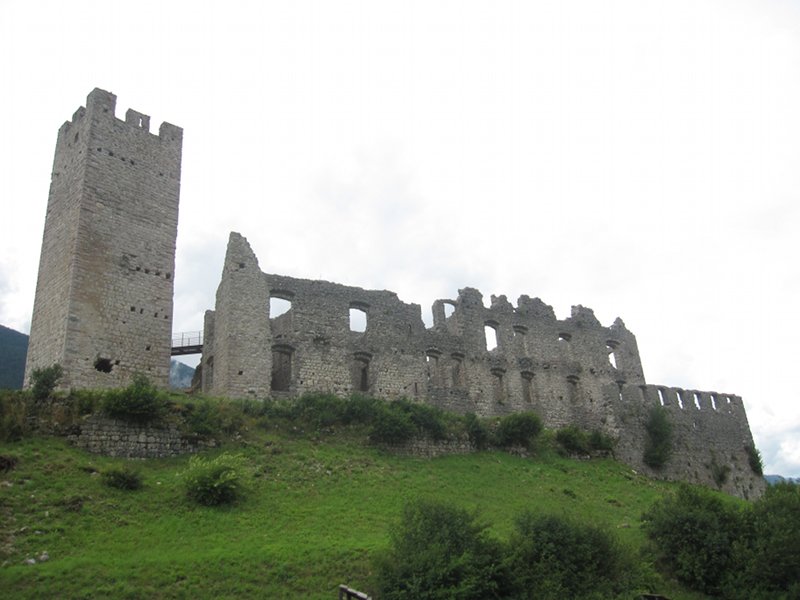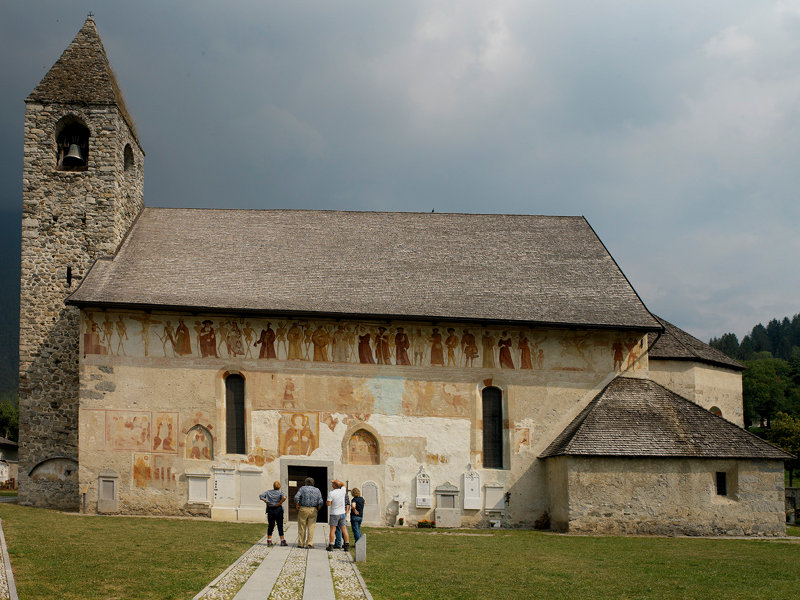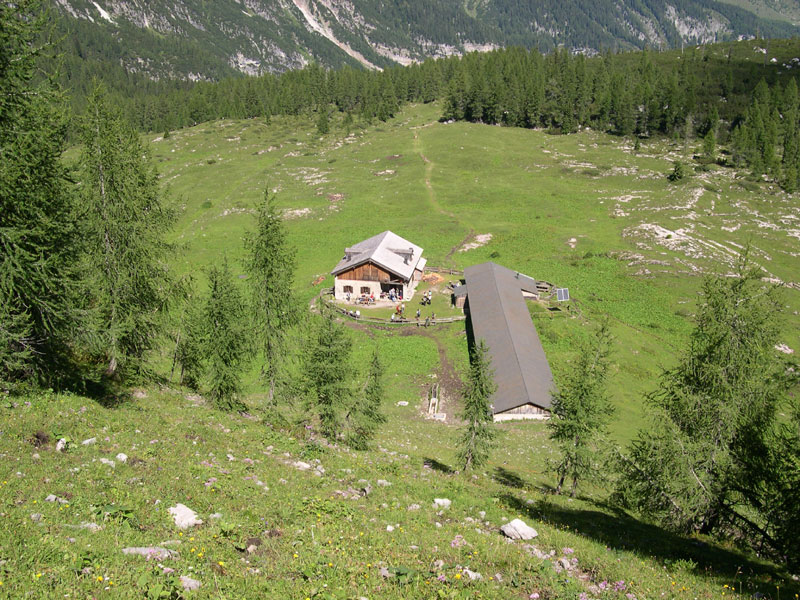Points of Interest
The Park's Valleys
Numerous valleys, among the most beautiful in the Alps, are the gateway to the wildest and most remote parts of the Park. Each shows its own distinctive characteristics, which underline the link between human actions and the geological-environmental context.
Castles and Churches
The Park is made of ancient lands.
They have been stepped on by the legendary feet of emperors and sibyls, warriors and princesses, and they bear the sings of a long story of raids, murders, attacks and struggles between noble families. You can breathe their past made of blood and power along the roads, which often follow ancient ways of communication, in the bridges, in the watchtowers, and in the several castles which, partly in ruins, scatter the valley bottoms and the summits. Of the families which struggled for the most panoramic points to watch over the territory, only gloomy ruins suffocated by the trees remain together with the names which in the past terrorized the farmers: Nanno, Flavon, Belasi, Sporo.
Baschenis from Averara
Baschenis from Averara are a dynasty of painters who used to work in Trentino from mid-15th century to mid-16th century. Baschenis families were divided into two lines: Lanfranco's dynasty and Cristoforo's dynasty, coming from the ancient Averara Valley, in particular from Villa di Colla, today Municipality of Santa Brigida. For one century they have enriched with their frescoes the churches of Val Rendena, Giudicarie Esteriori, and Val di Non.
Summer Mountain Pastures and Malghe
Summer mountain pastures and the so-called "malghe" are an essential feature of the cultural landscape of the mountains of Adamello Brenta Park. They represent the element in which man and nature meet and, in their evolution, it is possible to read the story of this ancient union.
Since the 1950s, summer grazing activities began to be abandoned because of the change in the social and economic conditions involving agriculture.






